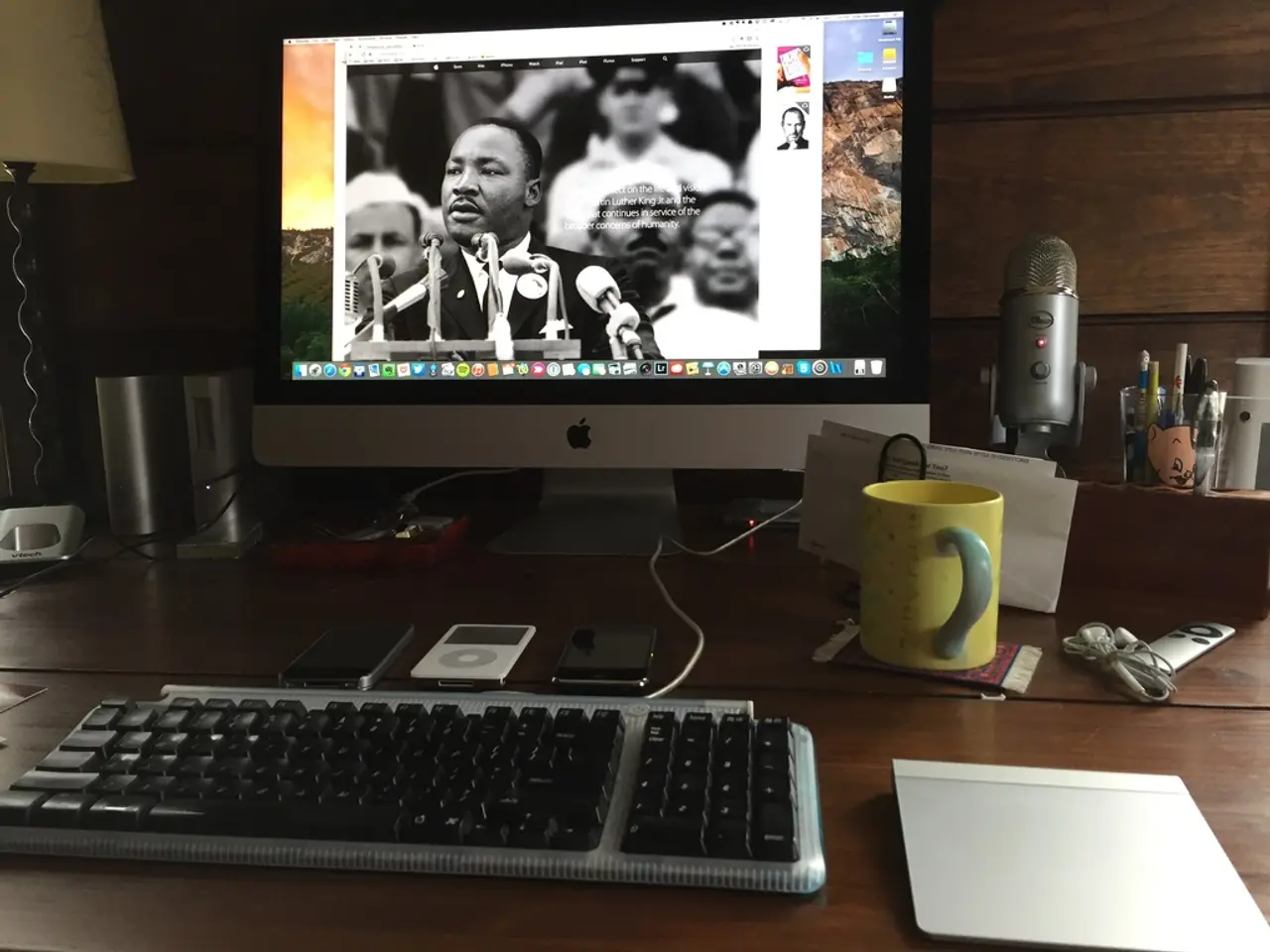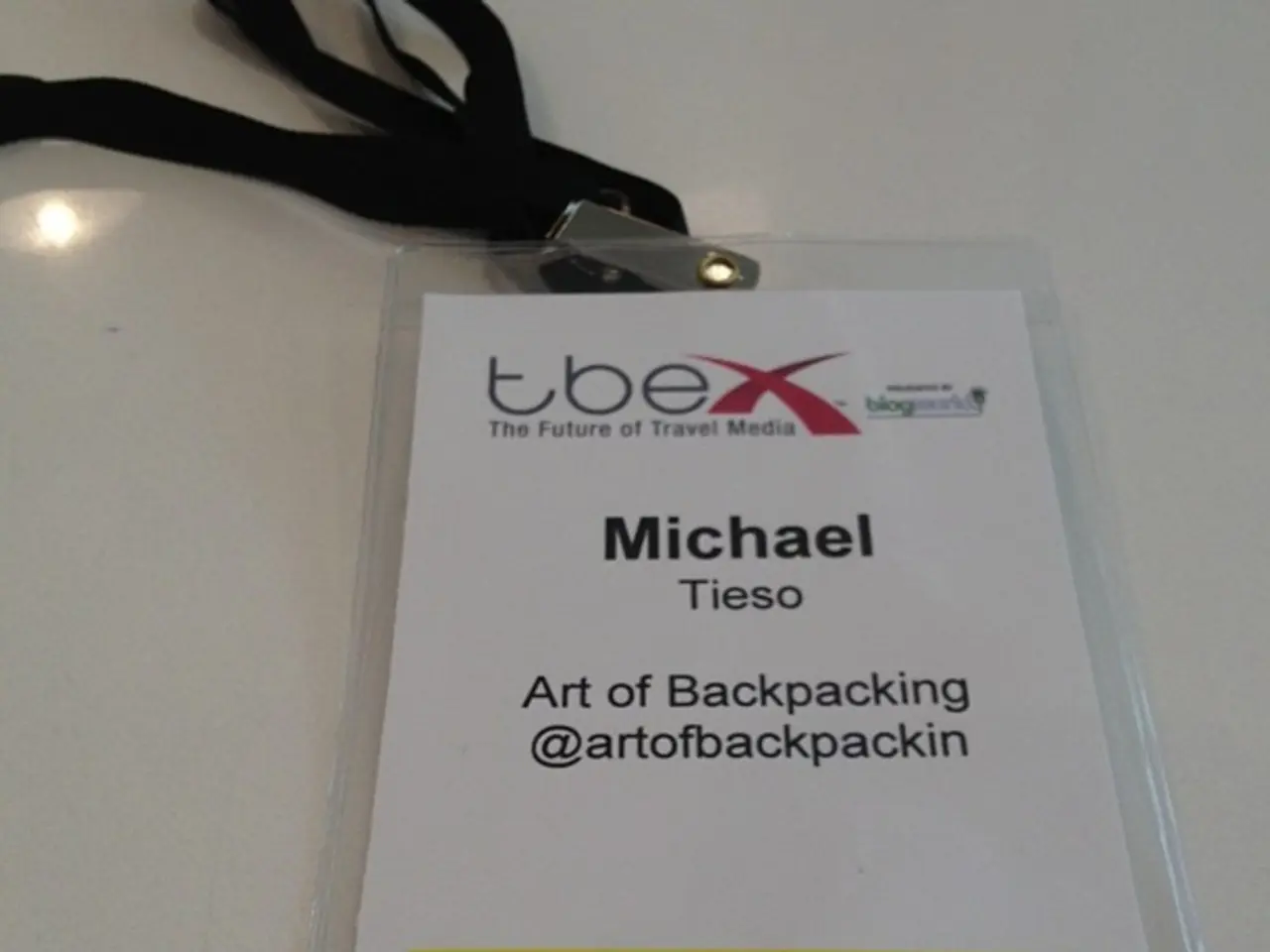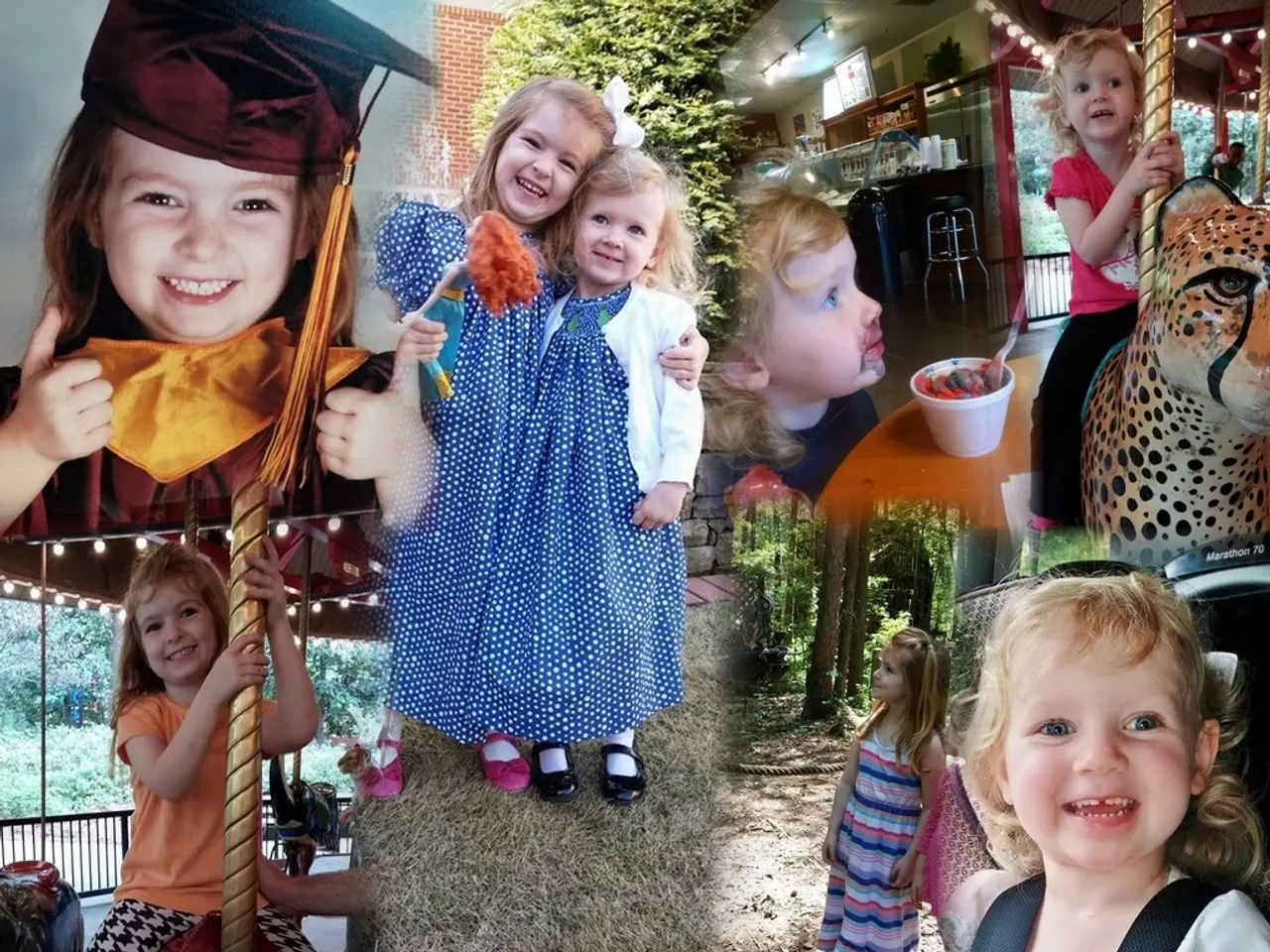Innovative Ways to Handle Interruptions that Foster Relationship Building
In today's fast-paced world, interruptions during playtime are inevitable. However, with some strategic planning and creative thinking, these interruptions can be transformed into engaging play opportunities that benefit both parents and children. Here are some effective strategies to help make the most of those unexpected moments.
**Advance Notice and Time Cues**
Informing children about upcoming changes or interruptions in their play ahead of time is crucial. Parents or teachers can count down the minutes left for an activity or use a beeper or timer. This helps children adjust their play, learn time concepts, and reduces frustration from sudden interruptions.
**Set Uninterrupted Play Times**
Designating tech-free, uninterrupted play times where parents fully engage with their children without distractions like phones or tablets is essential. Setting a timer for 25 minutes or so encourages focused play, which enhances social, language skills, and positive behavior for children, while also fostering a deeper connection and engagement for parents.
**Narrate Parental Presence**
Parents modeling focused attention by narrating their own engagement—saying, “I’m putting my phone down so I can really listen to you”—helps children see that they are prioritized during play.
**Incorporate Playful Listening Games**
Use active listening activities, such as speaking with some background noise and encouraging the child to focus or playing Listening Bingo, where children mark off words they hear during a story. Such activities enhance listening and focus even amid distractions, turning potential interruptions into playful challenges.
**Use Positive Reinforcement and Clear Signals**
Employ positive language and signals to manage attention and transitions during play. For example, a parent or teacher might say “If you hear my voice…” followed by a prompt to bring focus gently and playfully back to the activity before a transition or interruption.
**Quick-Setup Activities and Portable Play Kits**
Quick-setup activities can be packed in dedicated containers for maximum portability. Creating portable play kits can transform any interruption into an opportunity for meaningful engagement. Pipe cleaners, stickers, and mini notebooks can be stored in zippered pouches for instant creativity.
**Practice Scenarios for Appropriate Interruption Methods**
Practice scenarios for appropriate interruption methods help children communicate their needs appropriately. Role-playing scenarios that include real-life interruptions can transform necessary breaks into valuable learning experiences.
**Establishing a Designated "Interruption Station"**
Establishing a designated "Interruption Station" can help transform chaotic moments into intentional connections. Designating a special space for quick parent-child check-ins can signal to children that their needs matter while maintaining work momentum.
**A Visual Cue System**
A visual cue system with colors and signals can help children understand the availability of the adult without interrupting play. A raised palm hand gesture can signal "wait," pointing to the ear can mean "listening," and fingers showing numbers can indicate "five more minutes."
**Clear Rules for When Adults Can Interrupt Play**
Creating a family code for "Important" vs. "Can Wait" situations helps reduce unnecessary disruptions. Clear rules for when adults can interrupt play can provide security for both the adult and the children during focused activities.
**LCD Writing Tablets and Quiet Play Options**
LCD Writing Tablets (4-pack of 8.5-inch) encourage creativity with pressure-sensitive screens and easy erasing. Quiet play options like threading beads, small building blocks, or busy books with velcro attachments are suitable for phone calls and meetings.
**Self-directed Activities**
Self-directed activities, such as sorting buttons by color or creating patterns with stickers, empower children to engage independently. Story games that can pause and resume easily can help children eagerly anticipate story continuations after interruptions.
By minimizing negative impact, preparing children for interruptions, creating tech-free and focused play time, modeling attentive presence, and transforming listening or transitions into playful, engaging activities, parents and children can enjoy more fulfilling interactions, enhanced skills, and better behavior during play.
- Incorporating self-directed activities like sorting buttons or creating patterns supports the health-and-wellness aspect of children, as it promotes independent learning and critical thinking skills.
- Establishing a designated "Interruption Station" can help manage family-dynamics, as it creates intentional connections and signifies the importance of children's needs while respecting work commitments.
- Using a visual cue system can be a part of lifestyle enhancements, as it helps children understand the availability of adults without causing disruptions, fostering a smoother home-and-garden environment.




